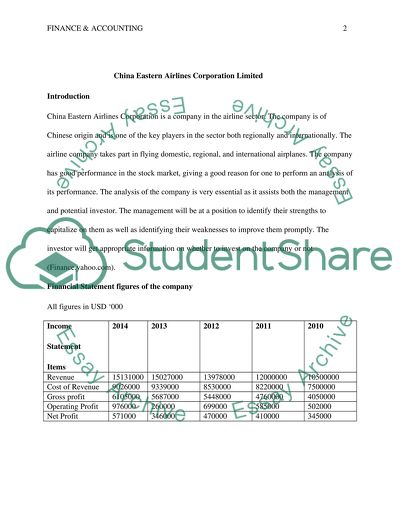Cite this document
(“Analysis the China Eastern Airlines Corporation Limited Essay”, n.d.)
Analysis the China Eastern Airlines Corporation Limited Essay. Retrieved from https://studentshare.org/finance-accounting/1693677-analysis-the-china-eastern-airlines-corporation-limited
Analysis the China Eastern Airlines Corporation Limited Essay. Retrieved from https://studentshare.org/finance-accounting/1693677-analysis-the-china-eastern-airlines-corporation-limited
(Analysis the China Eastern Airlines Corporation Limited Essay)
Analysis the China Eastern Airlines Corporation Limited Essay. https://studentshare.org/finance-accounting/1693677-analysis-the-china-eastern-airlines-corporation-limited.
Analysis the China Eastern Airlines Corporation Limited Essay. https://studentshare.org/finance-accounting/1693677-analysis-the-china-eastern-airlines-corporation-limited.
“Analysis the China Eastern Airlines Corporation Limited Essay”, n.d. https://studentshare.org/finance-accounting/1693677-analysis-the-china-eastern-airlines-corporation-limited.


